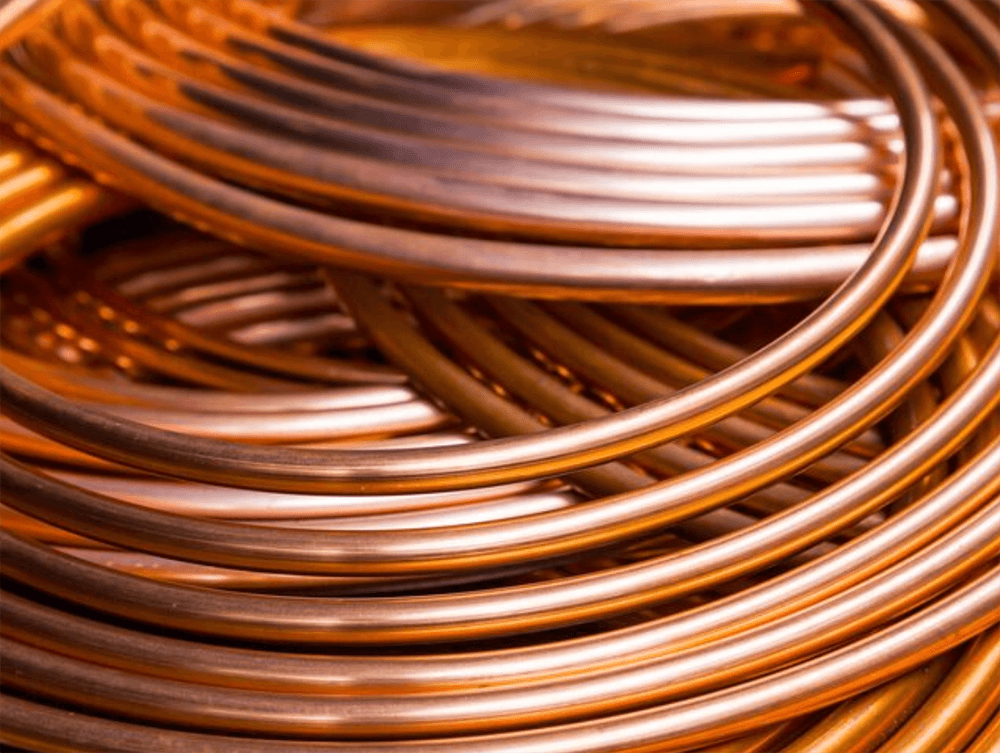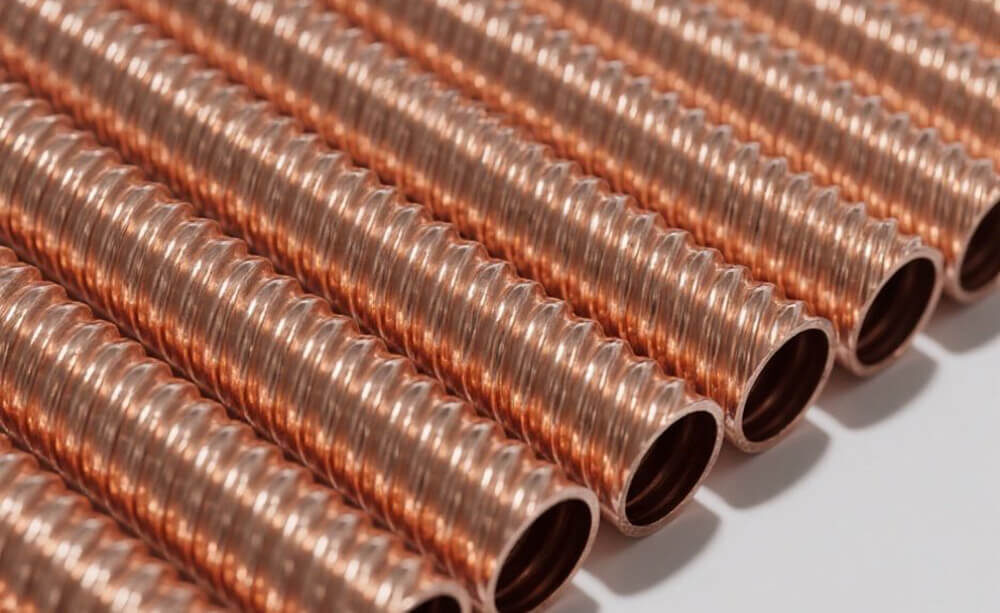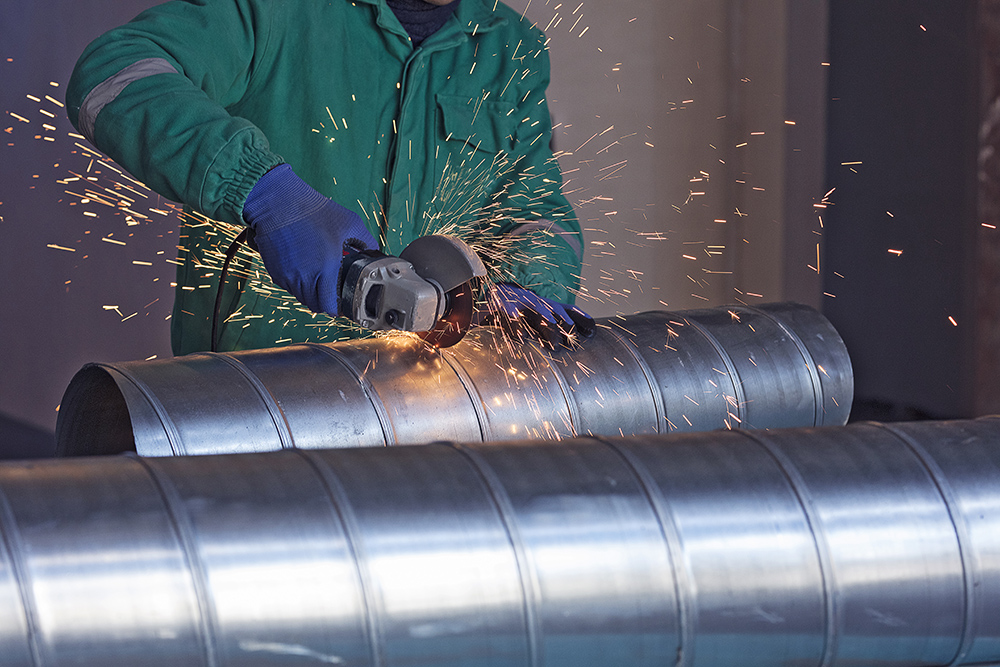Evaporator Tube:
- Primary Function: To cause a liquid refrigerant in a refrigeration cycle to evaporate by absorbing heat from a surrounding medium (air, water, etc.), thus producing a cooling effect.
- System Integration: It’s a component within a larger refrigeration or air conditioning system that also includes a compressor, condenser, and expansion valve. The refrigerant actively circulates through these components, driven by the compressor.
- Heat Transfer: Heat is transferred from the medium being cooled to the evaporating refrigerant.
- Working Fluid: Typically a specific refrigerant chosen for its thermodynamic properties relevant to the desired temperature range (e.g., R-134a, R-410A, ammonia).
- Flow: The refrigerant flows through the tube due to the pressure differences created by the compressor and expansion valve.
- Purpose: Primarily for achieving a cooling effect by the phase change of a refrigerant.
Heat Pipe:
- Primary Function: To efficiently transfer heat from a heat source to a heat sink through the evaporation and condensation of a working fluid sealed within the pipe.
- System Integration: It’s often a self-contained heat transfer device and doesn’t necessarily require external pumps or compressors for its operation (it’s a passive device).
- Heat Transfer: Heat is transferred along the heat pipe from the hotter end (evaporator section of the heat pipe) to the colder end (condenser section of the heat pipe).
- Working Fluid: Can be various substances depending on the operating temperature range, such as water, ammonia, methanol, or specialized fluids.
- Flow: The working fluid moves due to the pressure difference created by the temperature gradient along the pipe (liquid evaporates at the hot end, increasing pressure, and condenses at the cold end, decreasing pressure) and capillary action in a wick structure (if present). Gravity can also play a role in some designs (thermosiphons).
- Purpose: Primarily for efficient heat transport, often to cool components or transfer heat from one location to another.
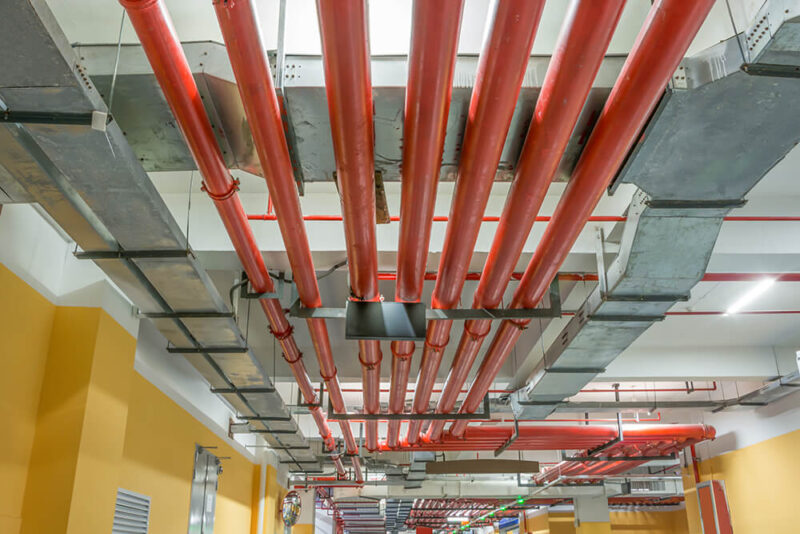
| Feature | Evaporator Tube | Heat Pipe |
|---|---|---|
| Main Goal | Evaporate refrigerant for cooling | Transfer heat efficiently |
| Working Fluid | Refrigerant (circulates in a system) | Working fluid (sealed within the pipe) |
| System Role | Component of a refrigeration cycle | Often a standalone heat transfer device |
| Energy Input | Requires a compressor to drive the refrigerant flow | Passive operation (driven by temperature difference) |
| Flow Mechanism | Forced by compressor and expansion valve | Pressure difference due to phase change, capillary action, gravity |
Differences in key aspects
1. Core Purpose of Operation:
- Evaporator Tube: The core purpose is to cause the refrigerant to evaporate, cooling the surrounding environment by absorbing heat. Its role is the heat absorption stage in a refrigeration cycle.
- Heat Pipe: The core purpose is to efficiently transfer heat from one place (the heat source) to another (the heat sink), using the evaporation and condensation of the working fluid as the heat transfer medium.
2. System Dependency:
- Evaporator Tube: Must be part of a refrigeration system to function. It requires refrigerant circulation (driven by a compressor), pressure changes (via an expansion valve), and coordination with other heat exchangers (the condenser).
- Heat Pipe: Is often a standalone heat transfer device. It relies on its internal physical processes (evaporation and condensation of the working fluid, and possibly capillary action or gravity) to transfer heat, without needing an external power source to drive fluid flow.
3. Direction and Goal of Heat Transfer:
- Evaporator Tube: Heat is transferred from the external environment to the refrigerant inside the tube, causing the refrigerant to evaporate and the environmental temperature to decrease. The goal is to cool the environment.
- Heat Pipe: Heat is transferred from one end of the heat pipe to the other. Heat enters the hot end, causing the working fluid to evaporate; the vapor moves to the cold end, condenses, and releases heat. The goal is to efficiently conduct heat away from the source.
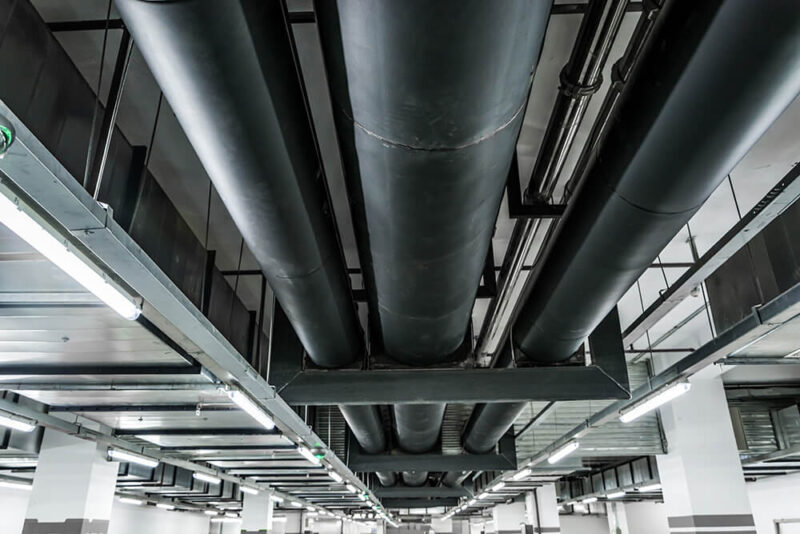
4. Role of the Working Fluid:
- Evaporator Tube: The refrigerant is the system’s working fluid, and its evaporation is the direct cause of the cooling effect. The refrigerant circulates throughout the entire refrigeration system.
- Heat Pipe: The working fluid is the “carrier” of heat; its evaporation and condensation are the mechanisms for efficient heat transport. The working fluid is sealed within the heat pipe.
5. Focus of Application Scenarios:
- Evaporator Tube: Primarily used in applications requiring the generation of cold, such as refrigerators, air conditioners, and chillers.
- Heat Pipe: Primarily used in applications requiring heat dissipation or the rapid transfer of heat from one location to another, such as CPU cooling in computers, electronic device cooling, and solar water heaters.
A More Illustrative Example:
- An evaporator tube is like the coils in the freezer compartment of a refrigerator. It absorbs heat from inside the refrigerator, making the interior cold. The refrigerant circulates throughout the entire refrigeration system.
- A heat pipe is like the heat pipes in a computer’s heat sink. It quickly transfers the heat generated by the CPU to the cooling fins, where it is then dissipated by a fan. The working fluid inside the heat pipe is in a closed loop.


